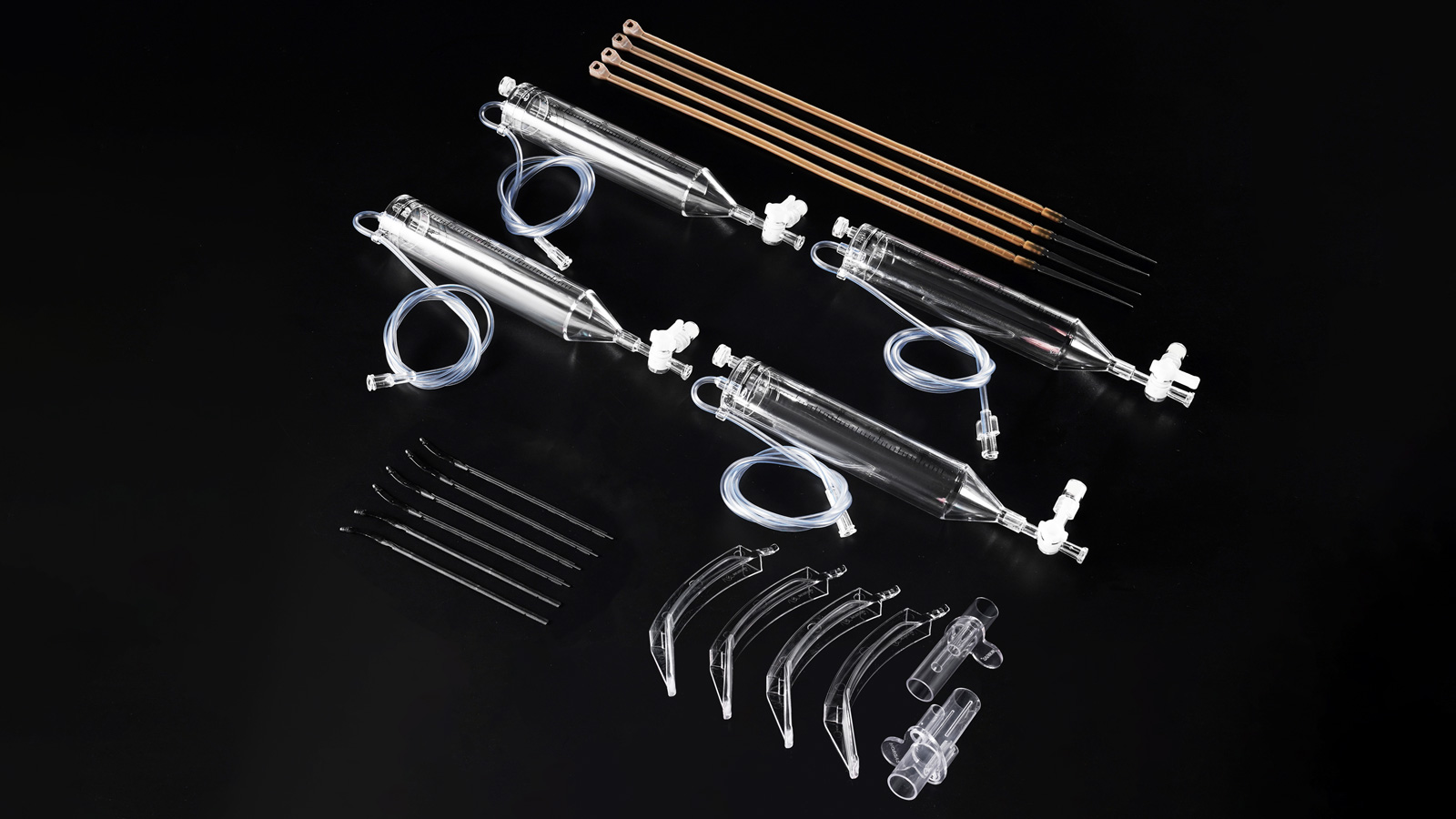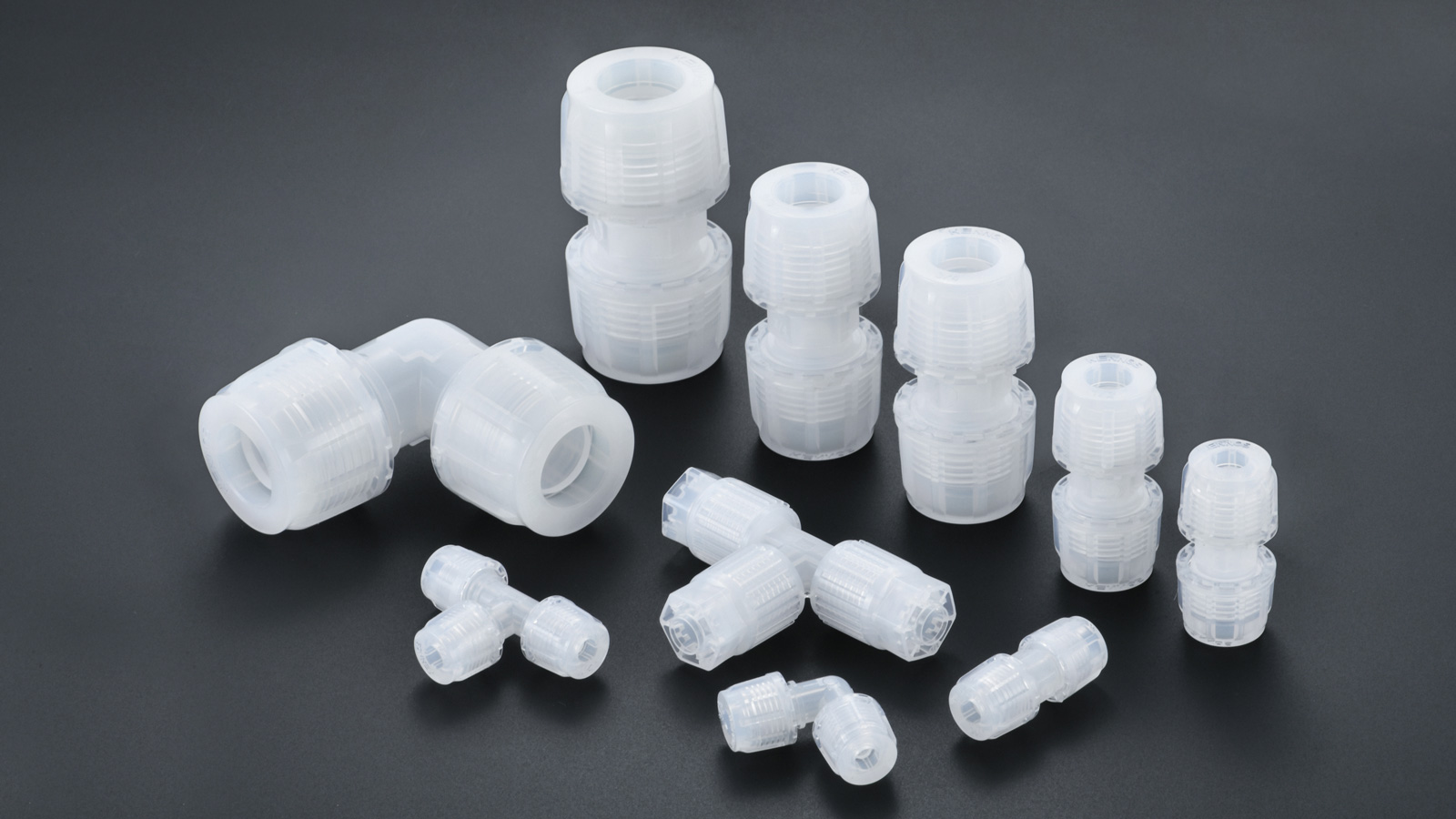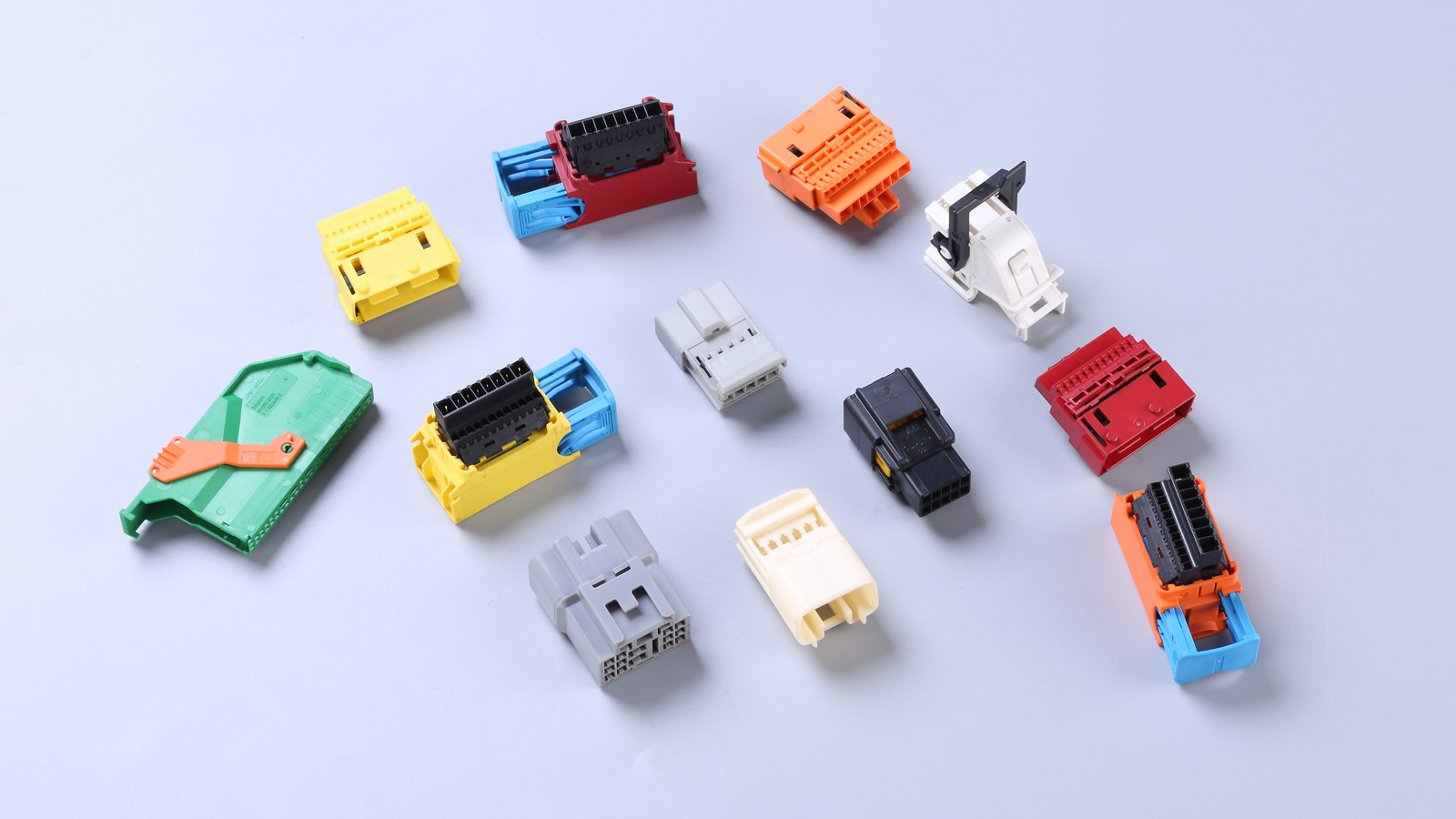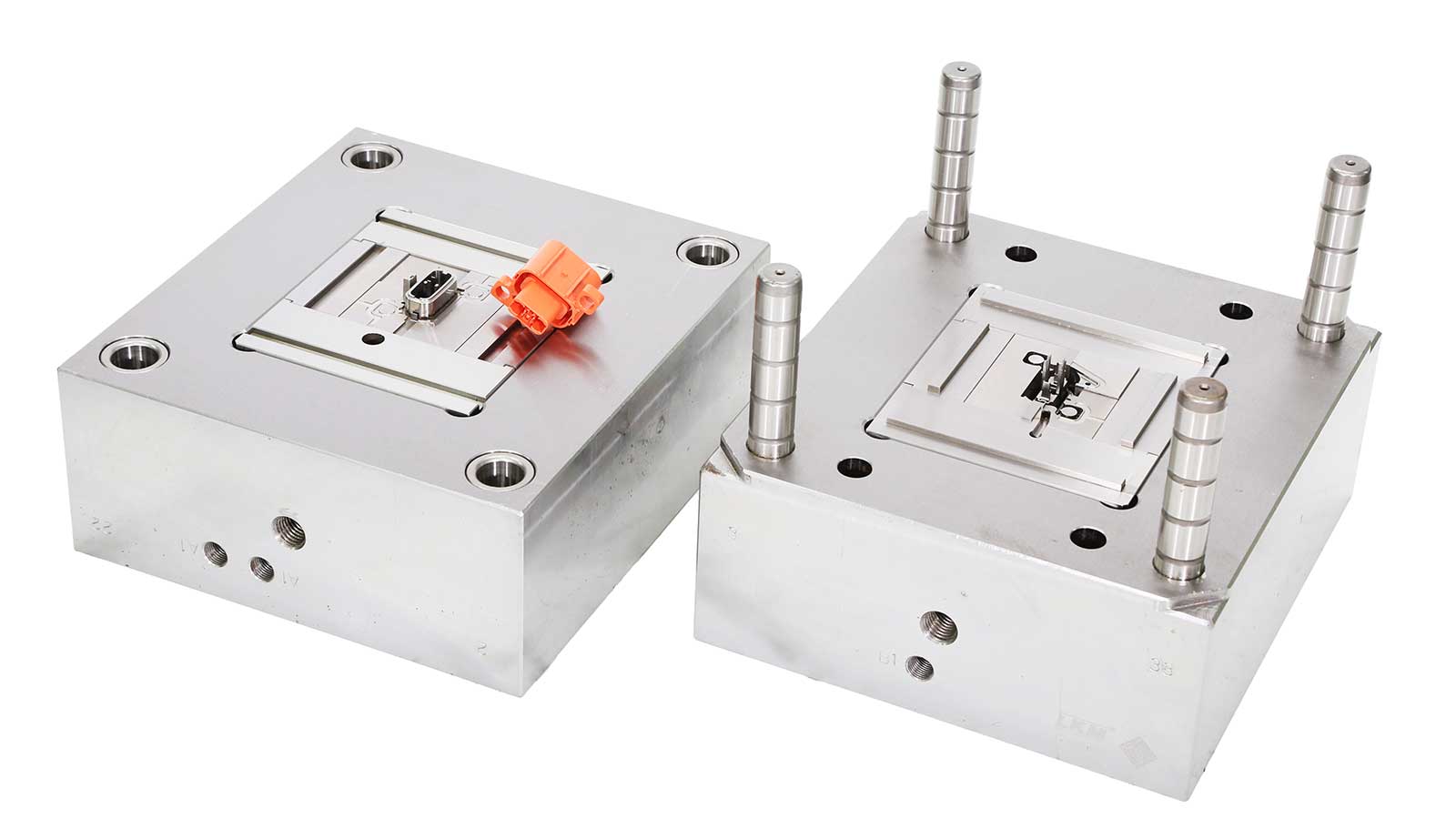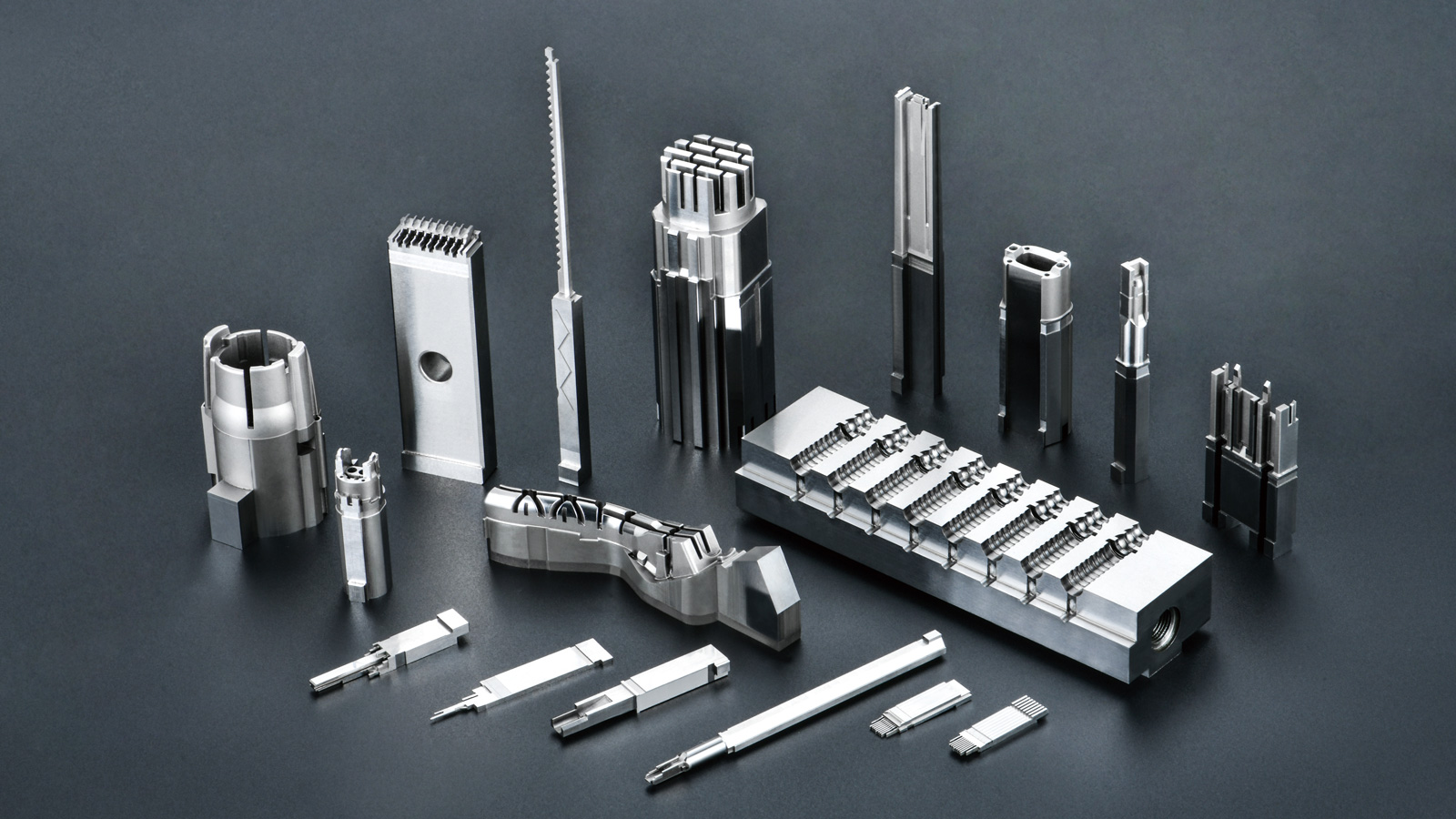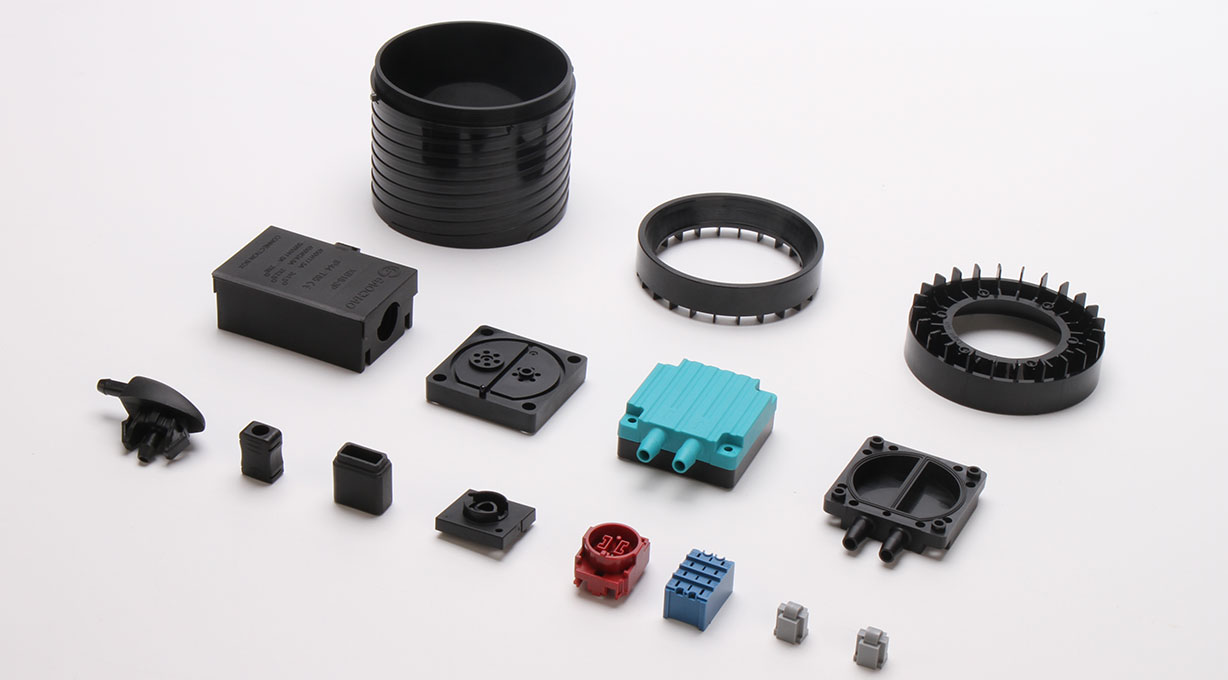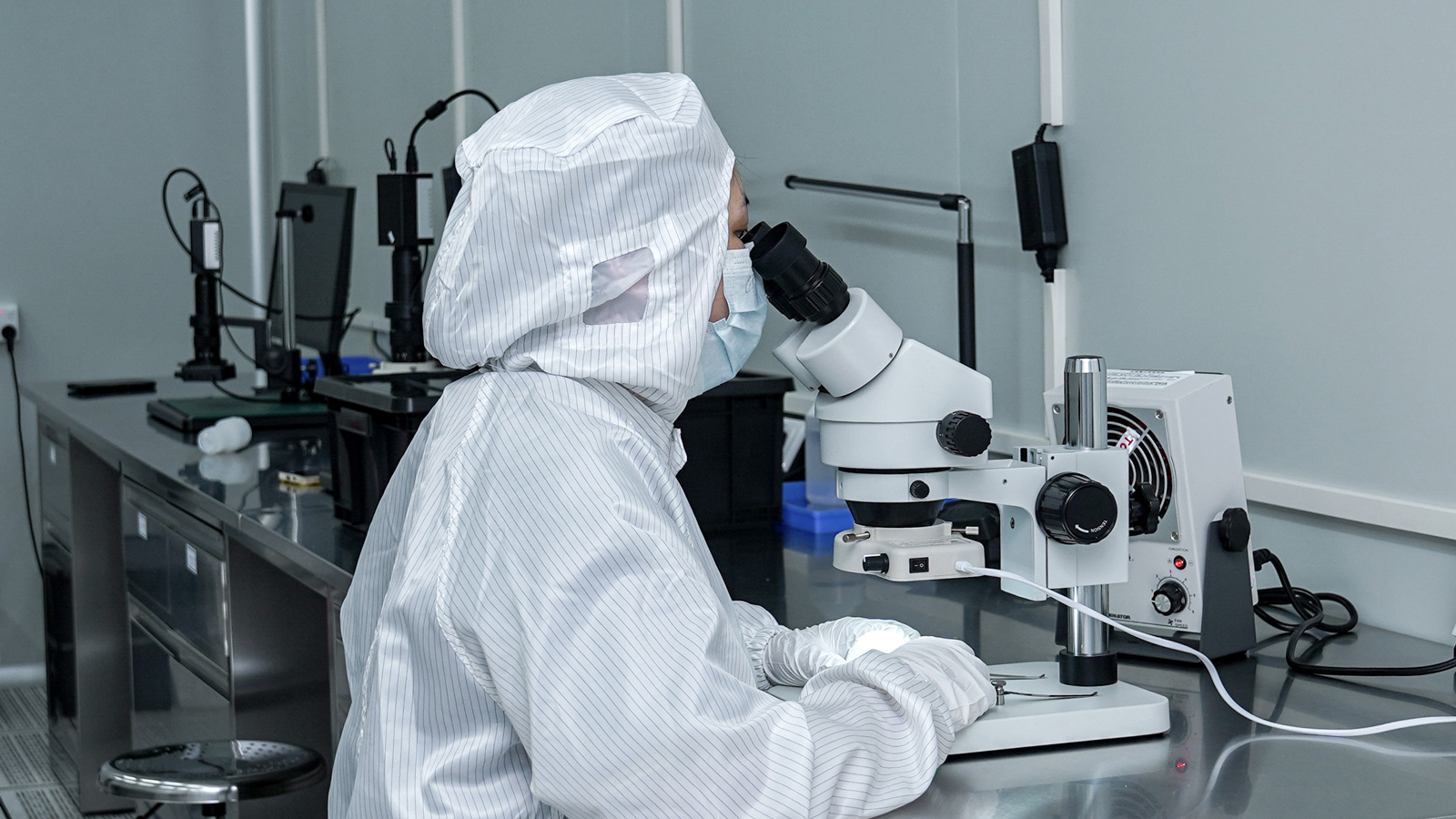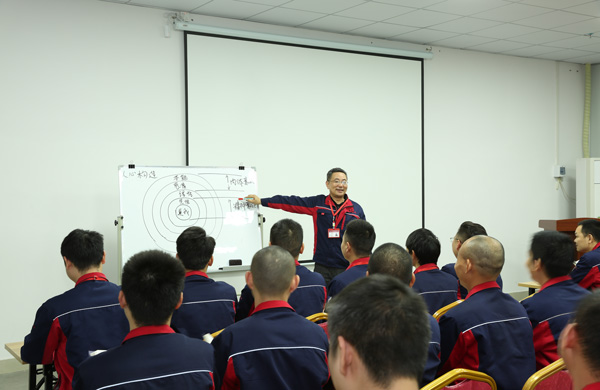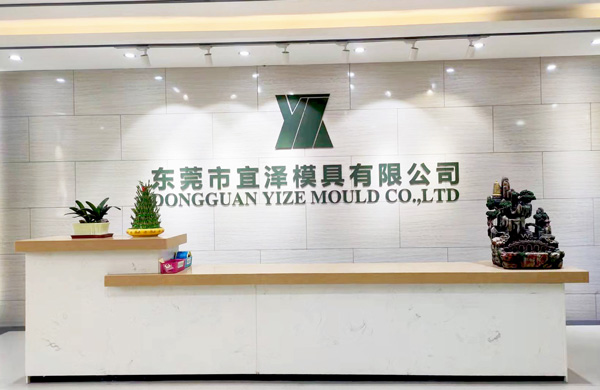Injection mold design serves as the cornerstone for the success of mold projects, and its optimization directly determines whether the molding performance can reach the best state. An excellent mold design not only significantly reduces manufacturing costs and substantially shortens delivery times but also effectively improves mold quality, providing stable and reliable molding performance for products. So, how can we achieve a successful injection mold design? The following key elements should not be overlooked.
1. Cavity Layout and Mold Base Design
The optimal cavity layout is the primary consideration in mold design. A reasonable cavity layout ensures that the plastic melt uniformly fills each cavity, improving the molding quality and production efficiency of the products. Meanwhile, it is essential to select an appropriate mold base size and guiding method. The mold base size should match the product size and production batch, while the guiding method must guarantee the smoothness and precision of mold opening and closing, preventing mold damage or product dimensional deviations caused by poor guiding.
2. Cooling and Shrinkage Control
An appropriate cooling layout is crucial for injection molding. A well-designed cooling water channel can quickly and uniformly remove heat from the mold, shortening the molding cycle and improving production efficiency. It also reduces the internal stress and deformation of the products. Additionally, accurately calculating the material shrinkage rate is a key step. Different materials have varying shrinkage rates, and only through precise calculation and reasonable compensation can the dimensional accuracy of the products meet the design requirements.
3. Product Design Analysis and Ejection Design
Thoroughly studying the two-dimensional design drawings of the product is an important prerequisite for mold design. The tolerances required by the product directly determine the design and processing methods. Strictly adhering to the tolerance requirements during design ensures the dimensional accuracy and assembly accuracy of each part of the product. At the same time, the correct ejection distance and demolding method should not be neglected. A reasonable ejection design allows the product to be smoothly ejected, preventing surface damage or deformation caused by improper ejection.
4. Cycle Time and Automation Design
Pursuing the minimum injection molding cycle time is the key to improving production efficiency. By optimizing the mold structure and adjusting process parameters, the molding cycle can be shortened, enabling the production of more products within a unit time. Additionally, striving for automated production is a development trend in modern mold design. Automated production not only reduces errors caused by manual operations but also enhances the stability and consistency of production.
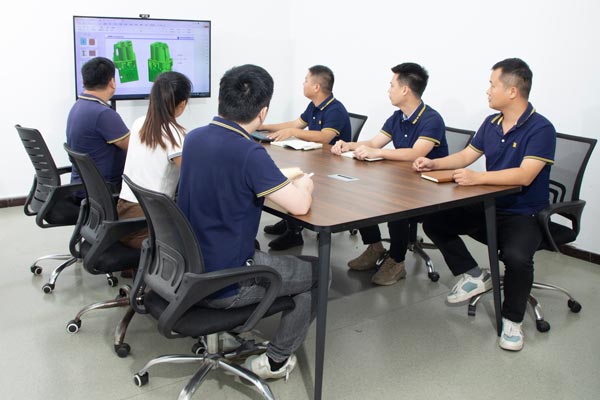
5. Gate and Parting Line Design
The appropriate gate position and parting line position have a significant impact on the appearance and quality of the products. The selection of the gate position should consider the flow path and filling effect of the plastic melt to avoid defects such as flow marks and weld lines. The determination of the parting line should take into account both the appearance requirements of the product and the processing difficulty of the mold, ensuring that the parting line is clear, aesthetically pleasing, and does not affect the functional use of the product.
6. Clamping Force and Pressure Control
The minimum clamping force requirements and the minimum pressure values are effective ways to reduce the requirements for injection molding machines and lower injection molding costs. By optimizing the mold structure and process parameters, while ensuring product quality, the clamping force and pressure can be minimized as much as possible. This not only reduces the energy consumption and wear of the equipment but also lowers production costs.
7. Venting and Sealing Design
Appropriate venting and reliable sealing are necessary conditions for ensuring the normal operation of the mold. Inadequate venting can lead to the inability of gases inside the mold to be discharged in a timely manner, resulting in defects such as bubbles and scorching. Poor sealing, on the other hand, can cause material leakage and flash. Therefore, in mold design, venting slots and sealing structures should be reasonably set to ensure effective venting and sealing of the mold.
8. Scrap Rate Control
The lowest scrap rate is one of the most important factors affecting actual costs. By optimizing mold design, improving processing accuracy, and strengthening production management, the generation of scrap can be reduced, effectively lowering production costs and improving the economic benefits of the enterprise.
9. Steel Selection and Heat Treatment
Appropriate steel selection and heat treatment are key to ensuring the service life and performance of the mold. According to the usage requirements and production batch of the product, suitable steel should be selected, and reasonable heat treatment should be carried out to improve the hardness, wear resistance, and corrosion resistance of the mold, extending its service life.
10. Special Function Design
Attention should be paid to the design of special functions such as sliders and lifters to ensure the smooth operation of all designed mechanisms. Sliders and lifters play important roles in the mold, and their design合理性 (reasonableness, here using the English word directly for better flow) directly affects the demolding and molding quality of the products. Therefore, during the design process, factors such as the motion trajectory and stress conditions of these mechanisms should be fully considered to ensure their stable and reliable operation.
In conclusion, achieving a successful injection mold design requires a comprehensive consideration of multiple elements. Only by striving for excellence in every aspect can a high-quality, high-performance injection mold be designed, laying a solid foundation for the development of the enterprise.
